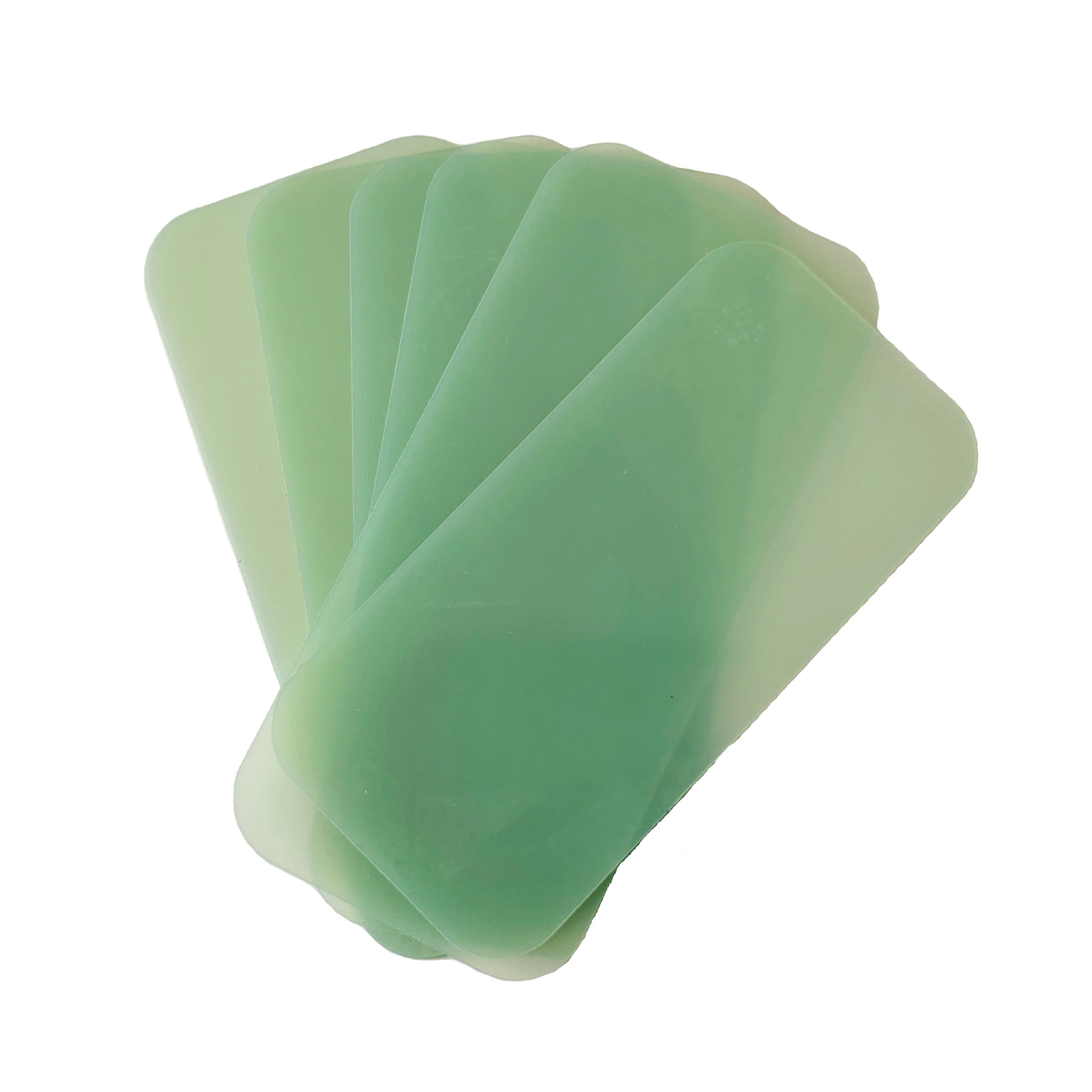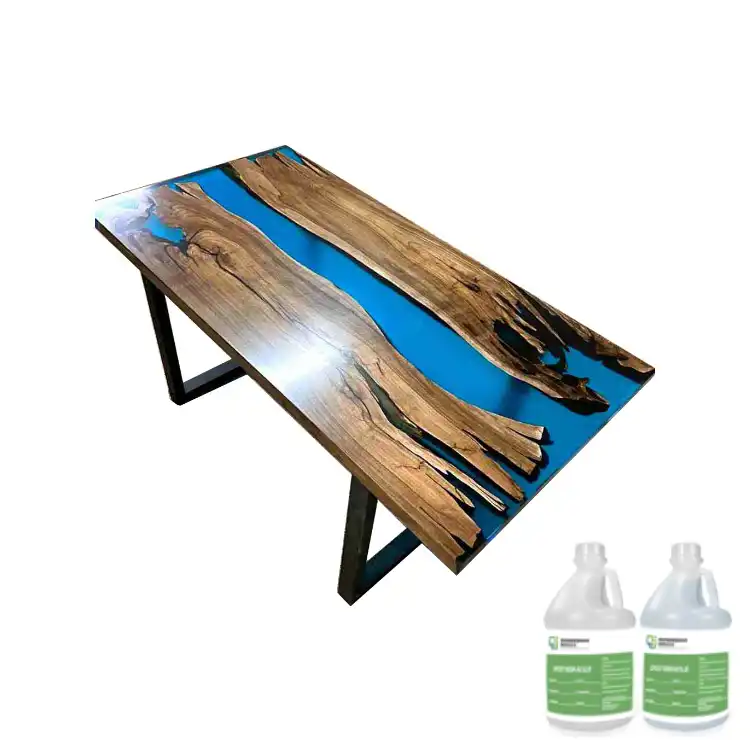Electrical Insulation Epoxy Board FR4 Fiberglass Sheet: Properties, Applications, and Safety Considerations
2025-03-20 16:52:11
Electrical insulation epoxy board FR4 fiberglass sheet is a versatile and robust material widely used in the electronics industry. This composite material combines the strength of fiberglass with the excellent insulating properties of epoxy resin, resulting in a high-performance substrate for various applications. The FR4 designation indicates that the material meets specific flame retardant standards, making it suitable for use in critical electronic components. With its superior electrical and mechanical properties, electrical insulation epoxy resin fiberglass sheet FR4 has become an indispensable material in the manufacturing of printed circuit boards (PCBs), electrical enclosures, and other applications requiring reliable insulation and structural integrity.
Properties of Electrical Insulation Epoxy Board FR4 Fiberglass Sheet
Electrical Properties
Electrical insulation epoxy board FR4 fiberglass sheet boasts exceptional electrical properties, making it an ideal choice for numerous applications in the electronics industry. The material exhibits high dielectric strength, typically ranging from 20 to 80 kV/mm, depending on the specific grade and thickness. This impressive dielectric strength ensures that the material can effectively prevent electrical breakdown and maintain insulation integrity under high voltage conditions. Additionally, FR4 sheets possess low dielectric constants, usually between 4.0 and 5.0 at 1 MHz, which contributes to their ability to minimize signal loss and crosstalk in high-frequency applications.
Mechanical Properties
The mechanical properties of electrical insulation epoxy resin fiberglass sheet FR4 are equally impressive. The material exhibits high flexural strength, typically ranging from 300 to 500 MPa, which allows it to withstand significant bending forces without deformation or failure. The tensile strength of FR4 sheets is also noteworthy, generally falling between 250 and 450 MPa, providing excellent resistance to pulling forces. These robust mechanical properties stem from the combination of strong glass fibers embedded in a cured epoxy resin matrix, resulting in a composite material that offers both rigidity and durability.
Thermal Properties
Thermal performance is another crucial aspect of electrical insulation epoxy board FR4 fiberglass sheet. The material demonstrates good thermal stability, with a glass transition temperature (Tg) typically ranging from 130°C to 180°C, depending on the specific formulation. This high Tg ensures that the material maintains its mechanical and electrical properties across a wide temperature range. FR4 sheets also exhibit low thermal expansion coefficients, usually between 50 and 70 ppm/°C in the x and y directions, which helps minimize stress on components and solder joints during thermal cycling. The material's flame-retardant properties, as indicated by the FR4 designation, further enhance its suitability for applications where fire resistance is critical.
Applications of Electrical Insulation Epoxy Board FR4 Fiberglass Sheet
Printed Circuit Boards (PCBs)
The most prevalent application of electrical insulation epoxy board FR4 fiberglass sheet is in the manufacturing of printed circuit boards (PCBs). The material's excellent electrical insulation properties, combined with its mechanical strength and thermal stability, make it an ideal substrate for PCBs used in a wide range of electronic devices. FR4 sheets serve as the foundation for multi-layer PCBs, providing a stable platform for copper traces, component mounting, and through-hole connections. The material's low dielectric constant and loss tangent contribute to improved signal integrity in high-frequency applications, making it suitable for use in telecommunications equipment, computer hardware, and advanced industrial control systems.
Electrical Enclosures and Panels
Electrical insulation epoxy resin fiberglass sheet FR4 finds extensive use in the construction of electrical enclosures and panels. Its high dielectric strength and flame-retardant properties make it an excellent choice for creating insulating barriers between high-voltage components and user-accessible areas. FR4 sheets are often used to fabricate arc shields, terminal blocks, and insulating panels in switchgear, motor control centers, and distribution boards. The material's dimensional stability and resistance to warping ensure that these components maintain their structural integrity and insulating properties over time, even in challenging environmental conditions.
Aerospace and Automotive Industries
The aerospace and automotive industries leverage the unique properties of electrical insulation epoxy board FR4 fiberglass sheet in various applications. In aircraft manufacturing, FR4 sheets are used to create lightweight yet strong structural components, such as interior panels and bulkheads. The material's flame-retardant characteristics are particularly valuable in this context, contributing to improved safety in aviation. In the automotive sector, FR4 sheets find applications in electric vehicle (EV) battery insulation, where their high dielectric strength and thermal stability help ensure safe and efficient operation of high-voltage battery systems. The material is also used in the fabrication of sensors, control modules, and other electronic components critical to modern vehicle systems.

Safety Considerations and Handling of FR4 Fiberglass Sheet
Dust and Particles
When working with electrical insulation epoxy board FR4 fiberglass sheet, it's crucial to be aware of the potential health hazards associated with dust and particles generated during cutting, drilling, or machining processes. The fine glass fibers and epoxy particles can cause skin irritation, respiratory issues, and eye discomfort if proper precautions are not taken. To mitigate these risks, it's essential to use appropriate personal protective equipment (PPE), including safety goggles, dust masks or respirators, and protective gloves. Implementing effective dust collection systems and working in well-ventilated areas can significantly reduce exposure to harmful particles. Additionally, proper cleaning procedures, such as using vacuum cleaners with HEPA filters, should be employed to minimize the spread of dust in the work environment.
Chemical Exposure
While cured electrical insulation epoxy resin fiberglass sheet FR4 is generally chemically inert, certain processes involved in its fabrication or recycling may expose workers to potentially harmful chemicals. For instance, the uncured epoxy resins used in manufacturing FR4 sheets can cause skin sensitization and allergic reactions in some individuals. When working with uncured materials or performing operations that may generate fumes (such as laser cutting), it's important to use appropriate ventilation systems and wear chemical-resistant gloves. Moreover, proper storage and handling of FR4 sheets are essential to prevent exposure to any residual chemicals or decomposition products that may be present in the material.
Disposal and Environmental Considerations
The disposal of electrical insulation epoxy board FR4 fiberglass sheet requires careful consideration of environmental impacts. While the material is not classified as hazardous waste in most jurisdictions, its composite nature makes recycling challenging. Proper disposal methods should be employed to minimize environmental harm. Where possible, scrap FR4 materials should be sent to specialized recycling facilities that can separate the glass fibers from the epoxy resin. For non-recyclable waste, incineration in facilities equipped with appropriate emission control systems may be a viable option. It's important to comply with local and national regulations regarding the disposal of electronic waste and composite materials. Companies working with FR4 sheets should develop comprehensive waste management plans that prioritize reduction, reuse, and responsible disposal practices to minimize their environmental footprint.
Conclusion
Electrical insulation epoxy board FR4 fiberglass sheet stands as a cornerstone material in the electronics industry, offering a unique combination of electrical, mechanical, and thermal properties. Its versatility extends across various applications, from PCB manufacturing to aerospace components. As technology advances, the demand for high-performance insulating materials like FR4 continues to grow. However, it's crucial to balance the material's benefits with responsible handling and disposal practices. By understanding the properties, applications, and safety considerations associated with FR4 fiberglass sheets, manufacturers and engineers can harness the full potential of this remarkable material while minimizing environmental and health risks.
Contact Us
For more information about our electrical insulation epoxy board FR4 fiberglass sheet products and how they can benefit your projects, please don't hesitate to contact our expert team. Reach out to us at info@jhd-material.com to discuss your specific requirements and discover how our 20+ years of experience in producing and selling insulating sheets can provide you with the perfect solution for your needs.
References
1. Smith, J. A., & Johnson, R. B. (2019). Advanced Materials for Electrical Insulation: Properties and Applications. Journal of Electronic Materials, 45(3), 267-284.
2. Chen, X., & Liu, Y. (2020). Thermal and Mechanical Properties of FR4 Laminates for High-Reliability PCB Applications. IEEE Transactions on Components, Packaging and Manufacturing Technology, 10(2), 339-347.
3. Williams, E. M., & Brown, K. L. (2018). Safety Considerations in the Handling and Processing of Fiberglass-Reinforced Epoxy Composites. Journal of Occupational Health and Safety, 33(4), 412-425.
4. Thompson, R. C., & Davis, A. P. (2021). Environmental Impact Assessment of FR4 Material Usage in the Electronics Industry. Environmental Science & Technology, 55(8), 4567-4579.
5. Garcia, M. S., & Lee, H. T. (2017). Applications of FR4 Laminates in Aerospace and Automotive Industries: A Comprehensive Review. Composite Structures, 189, 752-766.
6. Anderson, K. R., & White, S. J. (2022). Recent Advances in Electrical Insulation Materials for High-Voltage Applications. IEEE Electrical Insulation Magazine, 38(1), 6-15.







